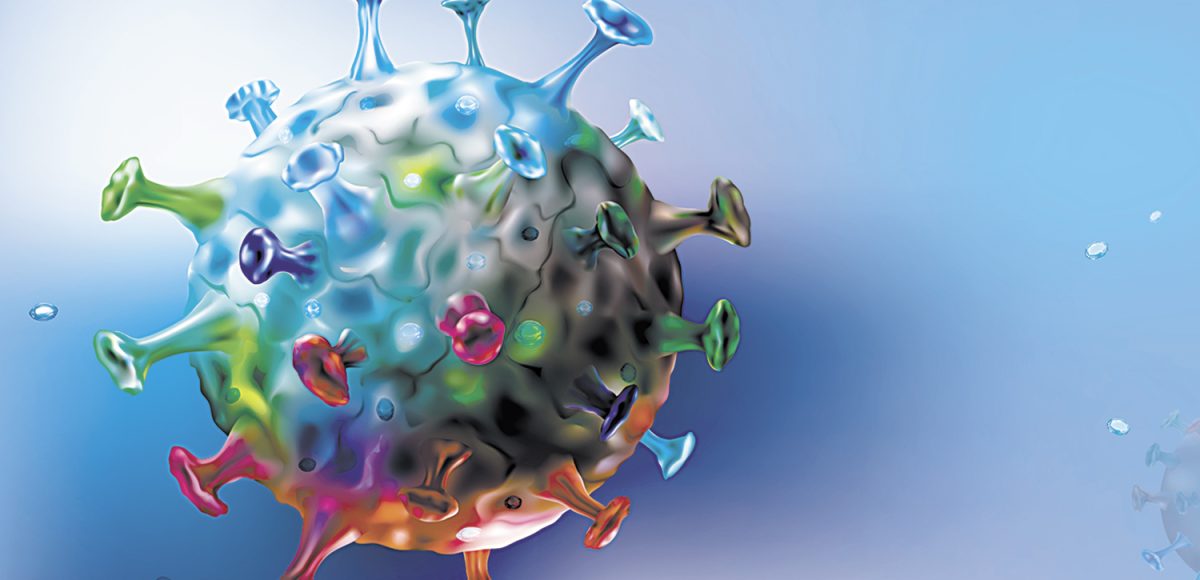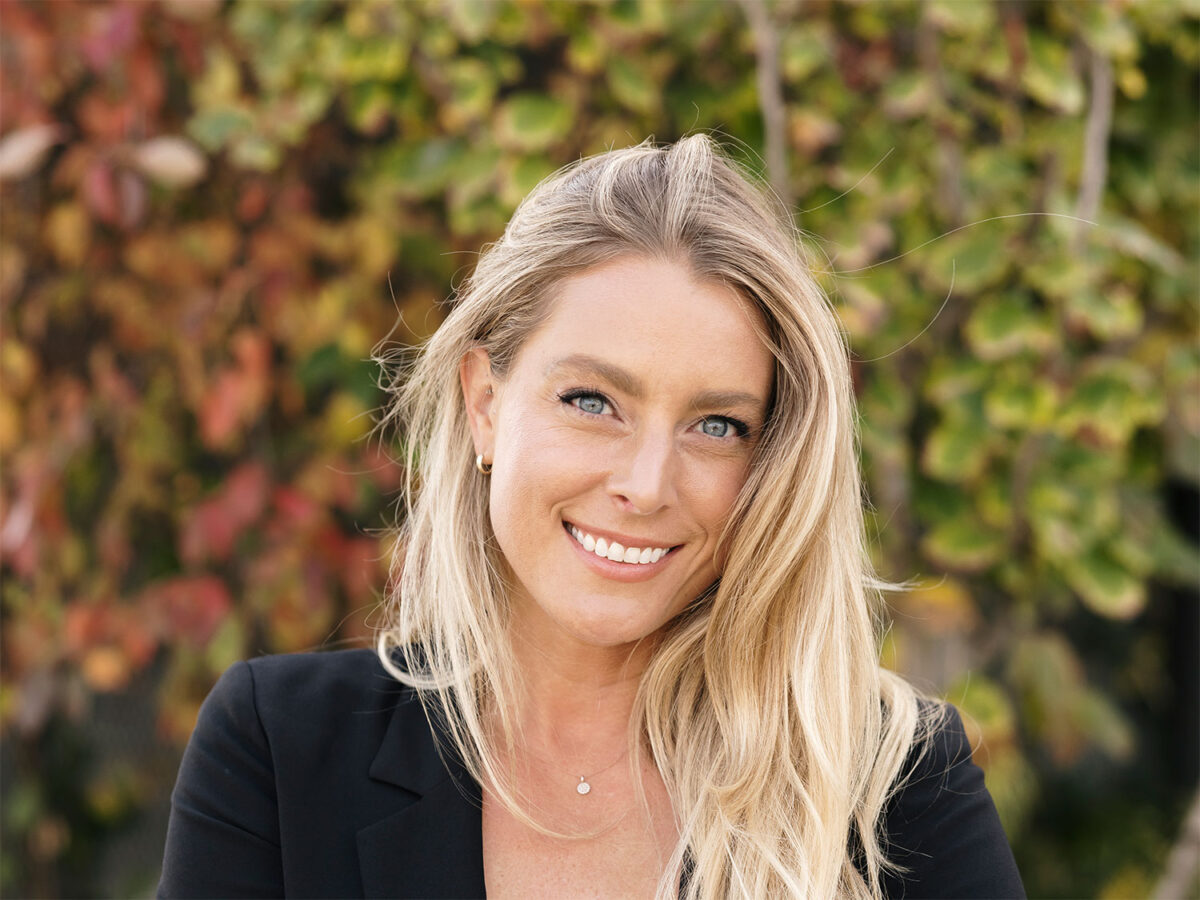On Dec. 21, the Health and Safety Commission and the Medical Advisory Task Force held a joint special meeting for educational purposes, during which Commissioners and City Council members participated in lively discussion. While many questions posed to the experts on the Task Force remain controversial or without answers yet, one unified message emerged: The Medical Advisory Task Force unequivocally recommend the COVID-19 vaccine.
“The vaccine is going to be a big thing,” Lee H. Hilborne, M.D., said. “So, I think one of the things that we need to do as a city is push very hard to get our residents vaccinated and make sure that we’re the most vaccinated city in Los Angeles County.”
The Medical Advisory Task Force is comprised of a group of leading experts in their respective medical fields–lauded for their achievements and contributions in the field nationwide. In addition to Hilborne, members include David B. Agus, M.D., Mike Altschule, Kirk Y. Chang, M.D., Rhonda Curry, Annabelle de St Maurice, M.D., Jazmin Diego, M.S.W., Jonathan Fielding, M.D., M.P.H., M.A., M.B.A., Joel Geiderman, M.D., FACEP, Julian A. Gold, M.D., Karen Grimley, RN Ph. D, David Hopp, M.D., Irving Posalski, M.D., Enrique Terrazas, M.D., Sam Torbati, M.D., Daniel Z. Uslan, M.D., Rachel Zabner, MD, Alyssa Ziman, M.D. and guest member Erica Felsenthal, Ph. D.
The Task Force’s creation in March was spearheaded by then Mayor John Mirisch as part of the City’s response to COVID-19. While the meeting was for discussion purposes only, the exchange informs and promotes public health policy–part of the City’s proactive efforts to flatten the curve. Talk ranged from the vaccine and vaccine hesitancy, to challenging the ban on outdoor dining, transmission of the virus among children and how this can inform decisions about getting kids back to school.
“If someone doesn’t want to take the vaccine, I think they should understand that by having been vaccinated, they may be preventing the spread to many, many other people,” Hopp said. “And if for some reason they’re on the borderline, they should understand that first of all, it is safe. You can go to all the Food and Drug Administration (FDA) studies that are available and the consumer studies. I know we all talk about reaching the point of herd immunity, which is the ultimate, but individually, every single person that’s vaccinated can interrupt the spread of COVID-19 to many, many other people.”
“The vaccine is very safe,” said Zabner, an infectious disease expert. “The reason to get vaccinated, in my view, number one, to protect yourself. And number two is for the community in general and the community of Beverly Hills. It’s not just about yourself. You, your daughter, or your granddaughter may not come down with COVID-19 and die, but think of the community. We will need to have at least more than 70 percent of the population vaccinated to finish this pandemic. These aren’t my words, they’re Dr. Fauci’s. And in order to do that, we’re all going to have to put our efforts in. Once we do that, we will be opening the restaurants again in a year from now. It’s the beginning of the end of this pandemic. Please think about others, not just yourself.”
The members of the Task Force also weighed in on the following questions posed by the Health and Safety Commission:
Do you believe that the vaccine should be mandatory or up to personal choice?
The former Director and Health officer of the Los Angeles County Department of Public Health, Fielding, gave the sole response.
“When I was director of Public Health, they had the question of whether to make it mandatory for nurses to get the flu vaccine and to have the immunization–even though it’s not a terribly effective one compared to what we’re talking about here. The flu vaccine is in the 60-65 percent effective range opposed to the 95 percent. I think the question is, do we make it mandatory and who do we make it mandatory for it? Should it be mandatory only for people working in healthcare, or is it a broader group?”
What does the current research tell us on the transmission of the virus in children and how this can inform our decisions to reopen school?
“Children generally don’t show symptoms and only about half show symptoms,” Fielding said. “But children are less likely to be badly affected and the mortality rate for small children is really close to zero. There is a syndrome that affects children that can be quite serious, even though it’s quite rare, and we’re just starting to learn about that. But the children are pretty effective spreaders, so you can’t assume that just because they don’t have the symptoms that they’re not spreading. They are fairly efficient spreaders.”
How long it will take for the vaccine to be available to the general public and is there any benefit of one vaccine over another?
“The two vaccines that have been approved are both extremely effective,” Hopp said. “And scientifically have not shown that one is any more significantly better than the other one, or that it has less potential for reaction. The two vaccines currently available under the emergency use authorization should not be judged as one superior to the other.”
What concerns or consequences are there if you don’t get a second dose of the vaccine?
“There’s a leeway of about three days early or two to three days later,” Zabner said. “Certainly, if you get it week later, it will still work, but given how the studies were designed Moderna decided to wait four weeks and Pfizer decided that the second dose is three weeks later, but it certainly doesn’t make a big difference. It will make a huge difference not to get the second dose, though because, based on this study, the booster will give you 95 percent efficacy. If you only get the first and only dose, it will be much less effective. Even less than 50 percent.”
What are best practices to manage a positive test result at home if you don’t need to go to the hospital? What can you do to take care of yourself at home?
“Seems to me the most important thing you can do is monitor your health,” Hilborne said. “Your breathing, your respiratory rate, your fever and your oxygen saturation. As long as you’re maintaining those fairly reasonably and not showing a decline, then you’re probably okay. If you start to show a decline in oxygen saturation, for example, that’s the time to contact your physician and have that discussion.”
“Make sure that the positive is a true positive,” Fielding added. “So, you want to repeat it because the prevalence for false positives used to be quite significant. As the prevalence increases, then that becomes less of a problem, but still, you want to get another positive test to confirm whether it’s a false positive or a true positive.”







